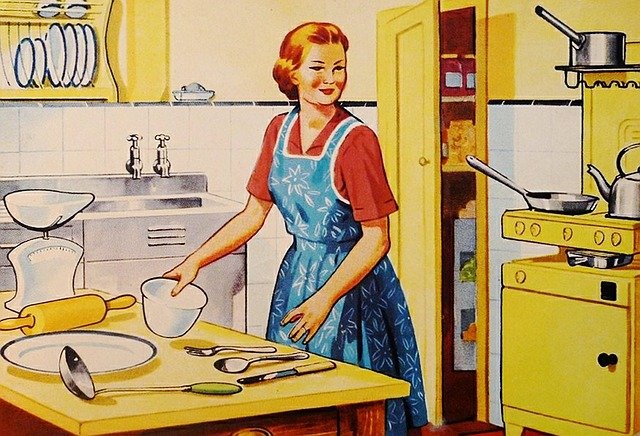The medical beauty industry in China covers both surgical and non-surgical procedures and is the target of new regulations to crack down on misleading advertising and illegal practices. The state market regulator has also now categorized medical beauty advertisements as equivalent to medical advertising.
On August 27 2021, the State Administration for Market Regulation (SAMR) released guidelines categorizing medical beauty advertising as medical advertising. Because of this, beauty advertisers will be required to acquire special licensing before placing adverts, which was previously reserved for medical advertisers. Amid a rise in public complaints and embellished adverts, this move was anticipated.
To create more standardization and to safeguard consumers, the SAMR has drafted the “Medical Beauty Advertising Law Enforcement Guide”. Cracking down on illegal and false medical beauty advertisements and supervising the sector better is a priority for the state regulator.
These new guidelines are part of a small wave of new regulations issued in the last year to regulate the sector. Earlier in the year, the National Health Commission and seven other government agencies released a plan to tackle illegal medical cosmetology. The National Internet Finance Association clarified that financial institutions were barred from collaborating with illegal medical cosmetology organizations. It is expected that the new regulations will increase the quality of products and practice within the industry.
The medical beauty industry in China
Since regulations are expected to get stricter, some investors have expressed concerns. However, the medical beauty industry is largely booming. The industry refers to both surgical and non-surgical procedures.
Globally, the biggest players in the medical beauty industry are:
- Allergan-AbbVie (US)
- Alma Lasers, Ltd. (Israel)
- Anika Therapeutics (US)
- Baush Haealth (US)
- Cutera, Inc. (US)
- Cynosure (US)
- En. S.p.A. (Italy)
- Fotona d.o.o. (Slovenia)
- Galderma (Switzerland)
- Johnson & Johnson (US)
- Medytox, Inc. (South Korea)
- Merz Pharma GmbH & Co. KGaA (Germany)
- Sientra, Inc. (US)
- Sinclair Pharma PLC (UK)
- Syneron Medical, Ltd. (US)
Alongside Brazil, Mexico, and India, China is an emerging player in the medical beauty market. China has one of the largest medical beauty markets in the world. China tops for cosmetic and beauty treatment consumer spending. Growing at an annual compound growth rate of 28.7 percent in 2015, the market value is far higher than the global average according to Deloitte and Meituan. The rise in disposable incomes, medical tourism, a growth in plastic surgeons, and a growing awareness of medical procedures has contributed to this.
In 2020, China established 5,150 new medical beauty institutions. Accounting for 17 percent of the world’s total, the market reached 197.5 billion yuan (US$30.5 billion) in 2020. In the next five years, China is predicted to have the world’s largest medical beauty market.
Plastic surgery apps, such as the So-Young app (listed on the Nasdaq), suggest surgeries to users using AI technology and connect them with surgeons via a directory. In the first quarter of 2019, So-Young announced a total revenue of US$30.7 million. It is expected that there will be a shift away from traditional marketing avenues towards social media advertising and the use of online-to-offline (O2O) apps, such as MeiTuan Aesthetic Medicine, Tmall Aesthetic Medicine, GengMei, and So-Young.
More than 30 percent of the medical beauty industry’s revenue is used for marketing. Medical beauty companies’ profits move upstream to manufacturers, whereby the gross margins are …….

